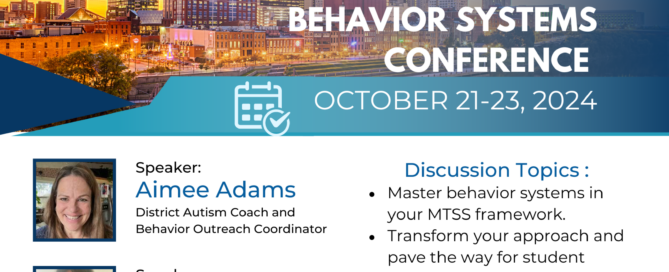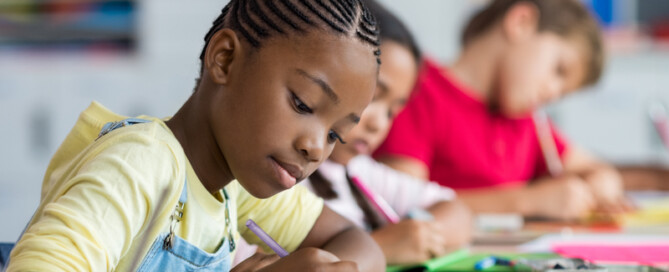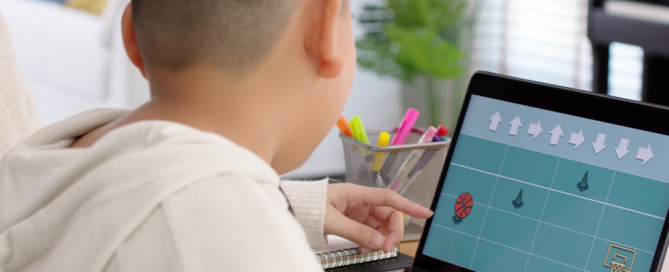Benefits of AI in Education
Benefits of AI in Education In today’s fast-paced educational landscape, teachers are often stretched thin, balancing lesson planning, student assessments, and administrative tasks. For those working with students who have Individualized Education Programs (IEPs), the burden of paperwork can be even heavier. Imagine a scenario in which AI could become your assistant, streamlining











